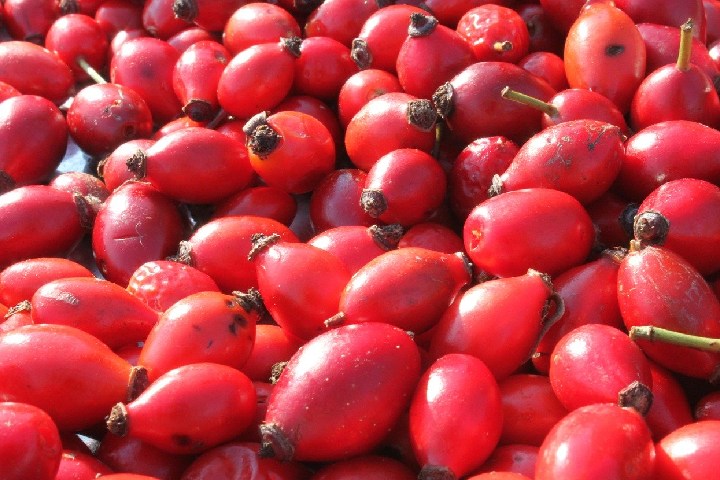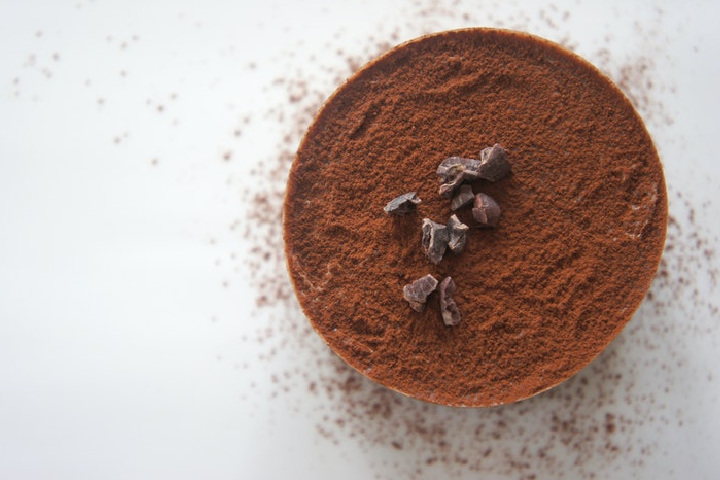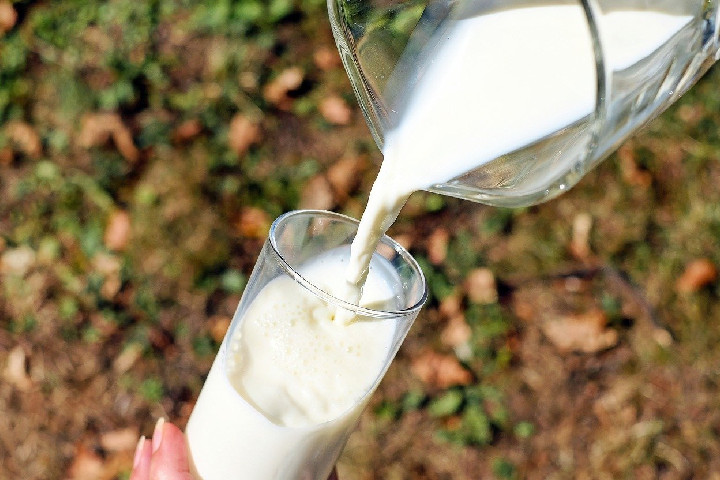Fruit and natural cocoa are very rich in flavonoids, compounds that protect the body from oxidative and inflammatory processes, and are especially crucial in the growth stage. Also, they improve concentration and memory.
Flavonoids protect the body from oxidative and inflammatory processes. It is essential to take foods that contain them, as our body does not produce these protective chemicals on its own.
They are found in vegetables, seeds, and beverages such as wine and beer and fruit and cocoa. The latter are the foods that provide the most flavonoids.
Table of Contents
1. The Healthy Properties of Flavonoids
Flavonoids are polyphenols of plant origin, antioxidant, and anti-inflammatory bioactive substances.
They protect the body from damage caused by oxidizing agents, such as ultraviolet rays, environmental pollution, chemicals present in food, etc.

These compounds are beneficial for health, especially for the cognitive, cardiovascular, immune, and digestive systems. They modulate risk factors for some chronic diseases, such as neurodegenerative diseases or even cancer.
Ingesting the right amount of these antioxidant substances is essential at any age. Still, it is especially interesting in children and adolescents since, during this stage, in which it proliferates, and there is an intense physical and mental activity, the requirements of antioxidants increase.
That’s why it’s essential to give them an extra contribution, including daily foods rich in polyphenols.
2. Data From the Latest Research
The objective of this pioneering study has been to identify which foods provide the most antioxidant flavonoids in the children and adolescent population.
The main conclusion has been that cocoa and fruit are the most important sources of flavonoids in children’s and adolescents’ diets. In particular, they account for almost 60% of total intake.

By food groups, the ones that contribute the most to this consumption are, first of all, fruits, which in children aged 3 to 9 years represent 30% of the total flavonoids they ingest, while in adolescents, it exceeds 31%.
Second, cocoa contributes 27% to the total consumption of flavonoids in young children, while in adolescents, it decreases slightly, up to 25%.
Meanwhile, the food provided by the rest of the daily amount of flavonoids in the diet and adolescents is fruit juices (19%), vegetables (5%), legumes (3%), and others (14%).
3. Fewer Flavonoids Are Consumed
Children between 3 and 9 years ingest an average of 40 mg flavonoids per day, while in adolescents aged 10 to 17 years, consumption is higher, almost 49 mg.
According to the HELENA study, which analyses the age range between 10 and 17 years old, young Europeans consume 100 mg per day of flavonoids.
4. Foods With More Polyphenols
Natural cocoa contains more than 50 bioactive compounds such as flavanols and flavonols, two subtypes of flavonoids.
Natural cocoa is the food with the highest concentration of polyphenols since 100 grams provide 3,448 mg.
It is followed by some fruits such as red fruits (758 mg), plums (377 mg), strawberries (235 mg), grapes(169 mg), and apples (136 mg).
Green tea (89 mg) and red wine (101 mg) are also noted for their high flavonoid content. However, these foods are not part of infant feeding, so cocoa plays a vital role as a source of antioxidants.
5. The Benefits of Natural Cocoa
A balanced diet should provide sufficient amounts of all nutrients, including vitamins, minerals, and other compounds such as polyphenols with antioxidant activity.
And as we have seen, natural cocoa is the food that provides the most of these compounds and has other benefits:

“One of the most important properties attributed to natural cocoa is its protective effect on the cardiovascular system since it exerts beneficial effects on the main risk factors: cholesterol, high blood pressure, and arteriosclerosis.”
Protects against numerous diseases: Many epidemiological studies show that there may be a correlation between flavonoid intake and the prevention of some diseases, such as cardiovascular, neurodegenerative, or even cancer.
Improves concentration and memory: Several scientific studies have proven the beneficial effects of cocoa on cognitive performance, as it improves concentration and memory. Polyphenols work by dilating the arteries.
This increases the amount of blood that reaches the brain and improves cognitive performance.
Helps control cholesterol: A specific compound of cocoa, theobromine, exerts a beneficial effect on the concentration of lipids in the blood, increasing the protective cholesterol.
It helps to reduce “bad” cholesterol (LDL), which has a tendency to build up in the arteries and increases levels of “good” cholesterol (HDL), which contributes to eliminating excess cholesterol in the blood.
It is suitable for hypertension: It has also been found that consuming natural cocoa daily reduces blood pressure in hypertensive people.
Protects arteries: Also, it stimulates the production of nitric oxide, which acts as a vasodilator of the streets and prevents arteriosclerosis.
6. How to Introduce Cocoa Into Daily Food
An excellent option to incorporate natural cocoa into children’s and adolescents’ daily diet is to drink it with milk, along with other seasonal foods and fruits.
Children must have an excellent breakfast to cope with everyday activities and to perform physically and intellectually. A glass of milk in the morning provides 30% of the recommended amount of calcium.

Per day, which is 1,000 mg. With the incorporation of dairy products into the diet, nutrients are also provided that guarantee optimal growth and development: carbohydrates, proteins of high biological value, fats, vitamins A, B2, B12, and D, and minerals, especially calcium and phosphorus.
According to the ANTIBES study, calcium intake in the infant and youth population does not meet this
mineral’s recommendations.
Still, people who introduce cocoa also drink more milk at breakfast and generally throughout the day (more than 100 ml) than people who do not drink cocoa, and consequently, more calcium (126 mg more than children who do not drink cocoa).

